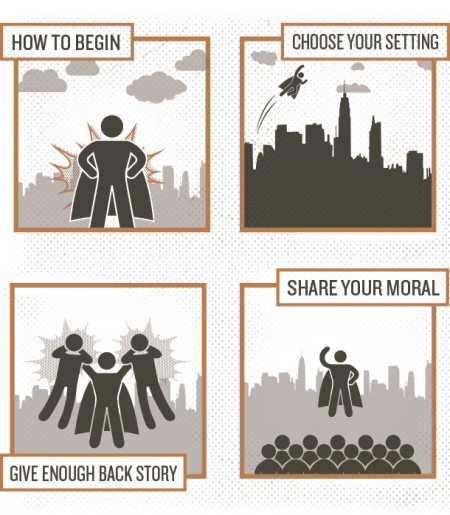The Story First

We love narratives. We gravitate toward them, and they can help us understand ourselves. And for your business, the story is the most important part. Sometimes, it’s even more important than what you’re selling or providing.
To plan your story, you’ll want to incorporate traditional narrative techniques that will highlight the characters, setting, exposition, and moral.
How to Begin
Your “characters” will be a big part of your story. Every captivating story has the hero — and you’re the hero of your own story. The hero is someone who has had to overcome some obstacle to get where they’re going. Place yourself and your company at the center of your story, and your customers will begin to see it for what it is.
Choose Your Setting
Of course, you’ll want to incorporate some type of setting into your story. Where did these events take place? Did you transition from one type of place to another? Think about how the vivid setting might affect what your readers think about your brand.
Give Enough Back Story
Then consider your “exposition,” or the background that led you to this point. Your readers will be interested in learning about your journey — what twists have you encountered? What downfalls? What successes?
Share Your Moral
And then, of course, your readers will want to know the “moral” of the story, or that one idea that you want to leave your readers with. This can be as simple as “our products will help you feel better faster,” or it can be more complicated, but the story should leave your readers with some lasting idea of your brand.
Once you create your story, your customers will be able to better understand your brand, your products or services, and your beliefs, and will be more likely to trust your brand in the future.